
The Cosmetics & Personal Care industry involves the manufacturing and marketing of a broad spectrum of products, including skincare, haircare, makeup, and hygiene items. It is driven by innovation, responding to beauty trends, and catering to diverse consumer needs for self-expression, wellness, and grooming. The industry is characterized by continuous research, development of new formulations, and a focus on sustainability and natural ingredients.
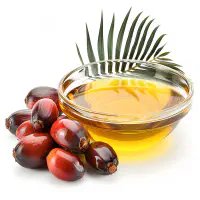
Palm oil is a vegetable oil derived from the fruit of oil palm trees. Characteristics Appearance: Palm oil is typically a yellow-orange to reddish liquid at room temperature. It has a smooth and creamy consistency. Melting point: The melting point of palm oil is around 35-45 degrees Celsius (95-113 degrees Fahrenheit). This relatively low melting point allows it to remain liquid at room temperature. Density: The density of palm oil is approximately 0.
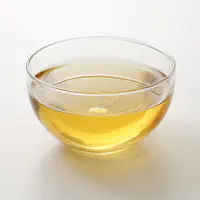
Palm Olein is a derivative of palm oil, specifically the liquid fraction obtained after the process of fractionation. Characteristics Appearance: Palm Olein has a clear, golden-yellow color. It is transparent and does not have any visible solids or impurities. Texture: Palm Olein is a liquid at room temperature. It has a smooth and pourable consistency, making it easy to handle and use. Melting Point: Palm Olein does not have a distinct melting point since it remains in a liquid state at room temperature.
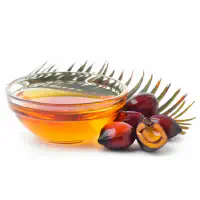
Palm kernel oil is derived from the kernel of the oil palm fruit and has distinct physical properties: Characteristics Appearance: Palm kernel oil is typically a light yellow to white solid at room temperature. However, when heated, it melts into a clear, yellowish liquid. Melting point: The melting point of palm kernel oil is higher than that of palm oil. It typically ranges from 23 to 28 degrees Celsius (73 to 82 degrees Fahrenheit).
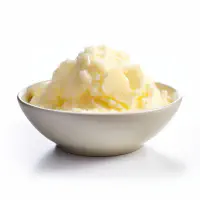
Palm stearin is a solid fraction of palm oil obtained through the fractionation process, known for its high saturated fatty acid content. It is commonly used in the food industry for stabilizing fats, producing margarine, and in the production of candles and soap. Characteristics Appearance: Palm stearin is a solid fat at room temperature. It has a creamy white to pale yellow color and a smooth, waxy texture. Melting point: Palm stearin has a higher melting point compared to palm oil.
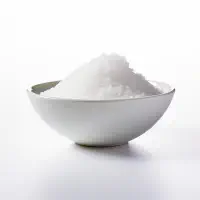
Palm stearic acid is a type of fatty acid derived from palm oil. It is obtained through the process of separating and crystallizing the fatty acids from palm oil. Stearic acid is a saturated fatty acid known for its stability and solid form at room temperature. Palm stearic acid has a waxy appearance and can range in color from white to slightly yellow. It has a low melting point, typically between 55-70 degrees Celsius (131-158 degrees Fahrenheit), which allows it to be easily incorporated into various formulations.
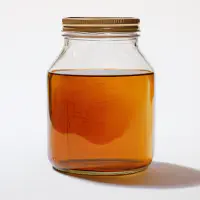
Palm Fatty Acid Distillate (PFAD) is a byproduct of the palm oil refining process. It is obtained through the distillation of crude palm oil to remove impurities and achieve a higher level of purity in the final product. PFAD is composed primarily of free fatty acids and other minor components. PFAD is a brownish-yellow liquid with a characteristic odor. It contains a mixture of saturated and unsaturated fatty acids, with the predominant fatty acids being lauric acid, myristic acid, and palmitic acid.
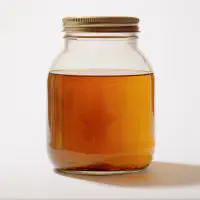
Palm Kernel Fatty Acid Distillate (PKFAD) is a byproduct of palm kernel oil refining, containing fatty acids obtained through the distillation process. It is utilized in various industrial applications, including soap manufacturing, biofuel production, and as a raw material in the oleochemical industry. Characteristics Refining Byproduct: Palm Kernel Fatty Acid Distillate (PKFAD) is a byproduct obtained during the refining of palm kernel oil. Rich in Fatty Acids: PKFAD is rich in fatty acids, including lauric acid, making it valuable for certain industrial applications.
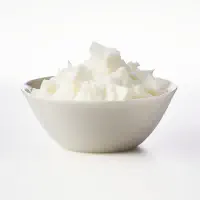
Coconut wax is a natural wax derived from the oil of coconuts, known for its clean and slow burn in candle making, often considered a sustainable alternative to other waxes. It is prized for its eco-friendly characteristics and ability to hold fragrance well. Characteristics Natural Origin: Coconut wax is derived from the oil of coconuts, making it a natural and renewable resource. Clean and Slow Burn: Known for providing a clean and slow burn in candles, contributing to a longer-lasting and more efficient performance.
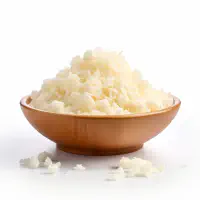
Soy wax is a type of vegetable wax derived from soybean oil. It is a popular alternative to traditional paraffin wax, which is derived from petroleum. Soy wax is considered a renewable, biodegradable, and eco-friendly option for candle making. Soy wax is created by hydrogenating soybean oil, a process that transforms the oil into a solid form suitable for candles. It typically comes in the form of flakes, which are easy to measure and melt.
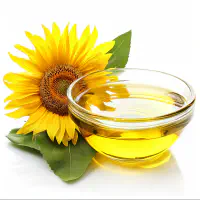
Sunflower oil is a popular cooking oil that is extracted from sunflower seeds. It is known for its light color, mild flavor, and high smoke point, making it versatile for various cooking methods. Here are some characteristics and applications of edible sunflower oil: Characteristics High smoke point: Sunflower oil has a high smoke point, making it suitable for frying and high-heat cooking methods without burning or breaking down easily. Light flavor: It has a mild flavor that doesn’t overpower the taste of the food, making it suitable for a wide range of dishes.
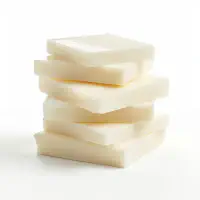
Paraffin wax is a widely used type of wax that is derived from petroleum, a non-renewable resource. It is a popular choice for candle making and is also utilized in various other applications, such as in cosmetics, food packaging, and industrial uses. Paraffin wax is created through the refining process of crude oil. It is a white, translucent solid that can be easily melted into a liquid form for use.
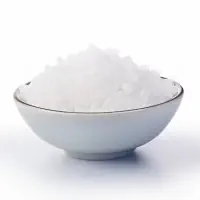
Microcrystalline wax is a type of wax that has a unique crystalline structure, different from other waxes such as paraffin wax or beeswax. Here are some key physical properties of microcrystalline wax: Characteristics Appearance: Microcrystalline wax is typically available in solid form, ranging from off-white to yellow in color. It has a smooth and greasy texture. Melting Point: The melting point of microcrystalline wax can vary depending on its specific grade and formulation.
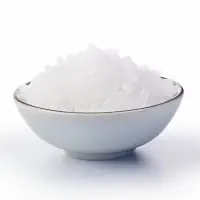
Food grade microcrystalline wax, also known as food wax, is a versatile material with several industrial applications in the food and related industries. Here are some common industrial applications of food grade microcrystalline wax: Applications Food processing: Food grade microcrystalline wax is used in the food processing industry for various purposes. It is commonly applied as a coating or glazing agent on fresh produce, such as fruits and vegetables, to improve their appearance, texture, and increase shelf life.
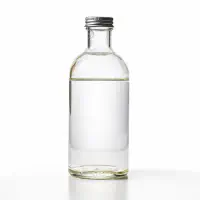
Mineral oil, also known as liquid paraffin or white oil, is a transparent, colorless, odorless, and tasteless liquid derived from petroleum. Here are some physical features and properties of mineral oil: Characteristics Appearance: Mineral oil is a clear, viscous liquid that can range in thickness from light and low viscosity to more heavy and viscous forms. Density: The density of mineral oil typically ranges from 0.8 to 0.9 grams per cubic centimeter (g/cm³).
For a consultation call us today at
+44 20 7101 3847
Bio Greenware Ltd ®